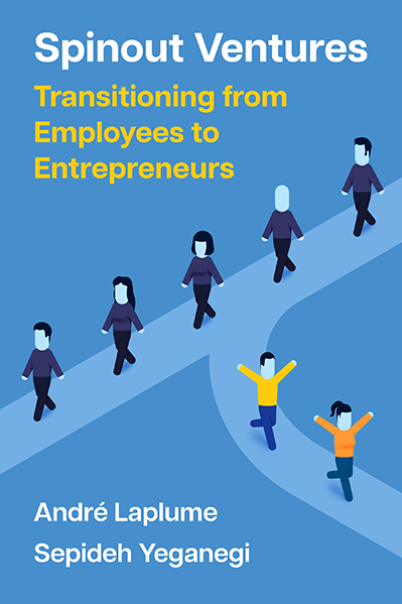Hybrid Entrepreneurship
Most entrepreneurs work for organizations before or while they start their businesses. There is macho entrepreneurship dogma that says you have to go all in, experience "the fear" and dedicate yourself for 80 hours a week to your venture. Implicit in this is the notion that an entrepreneur cannot succeed if they hedge their bets by keeping one foot in employment. But isn't this a bad assumption? Why go all in to a startup if startup success stories are probabilistic events, not givens? Hybrid entrepreneurship refers to entrepreneurship whereby an employee starts a business on the side and keeps their stable and sustaining day job until the startup reaches a certain size. Ardianti et al. (2022) suggests that hybrid entrepreneurs experience a distinct psychological well-being than other entrepreneurs, perhaps because they are keeping their foot in the door of stability. Once the business is large enough to command the founder's full attention, then the emp
